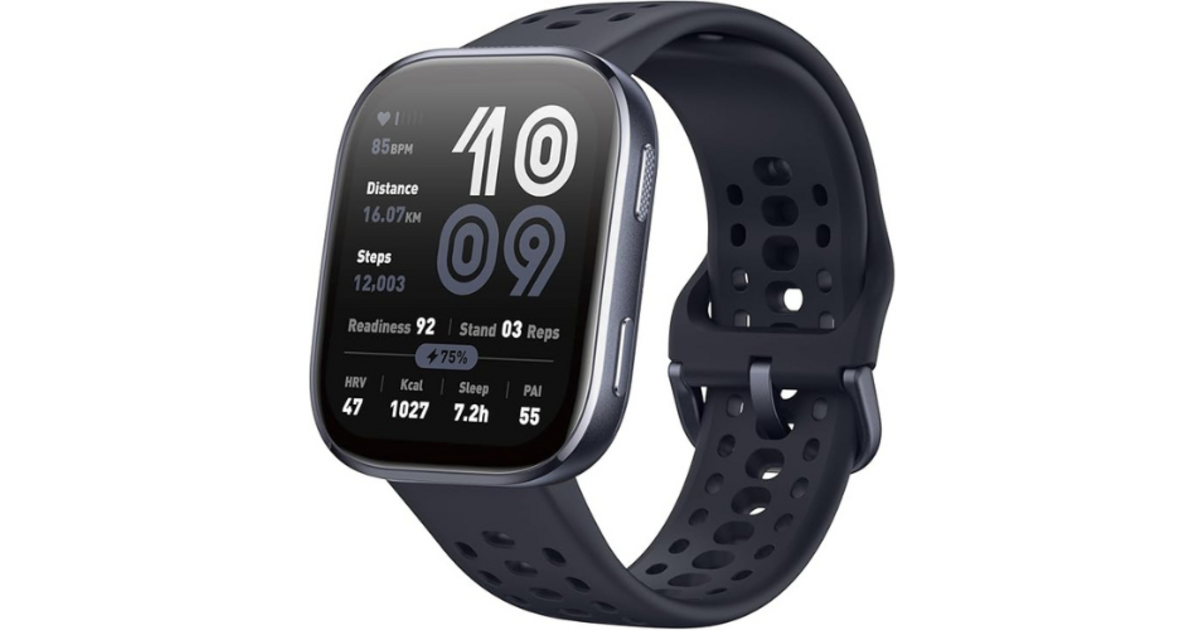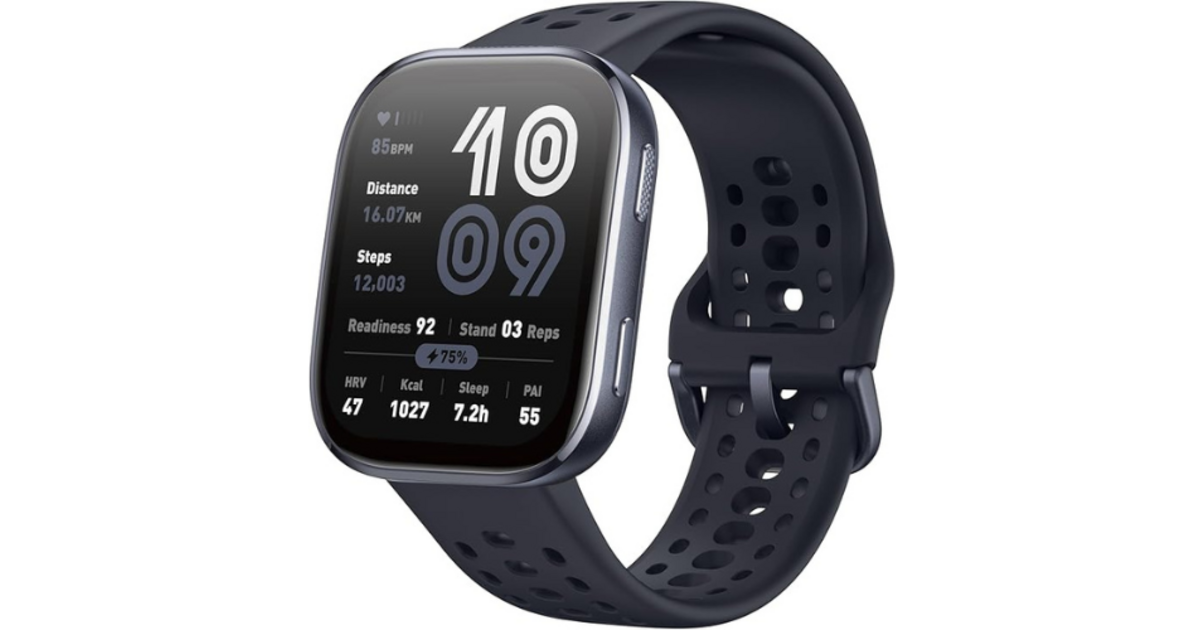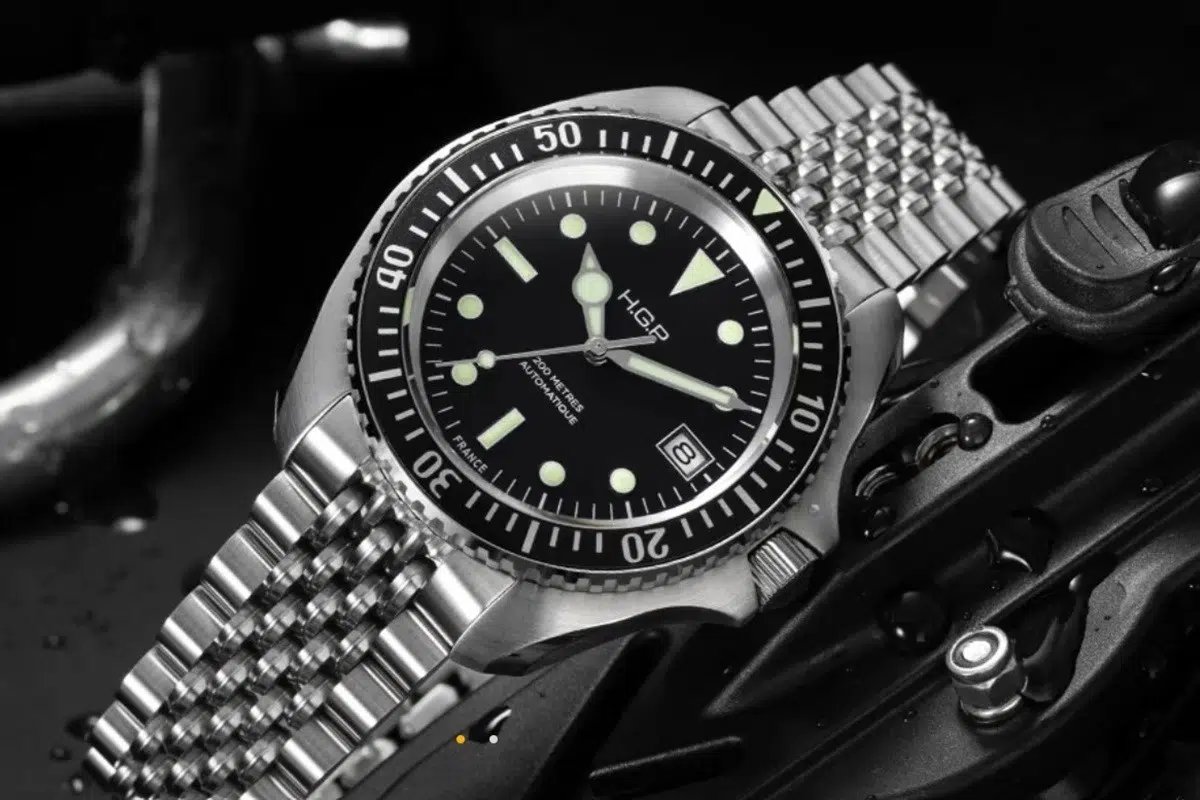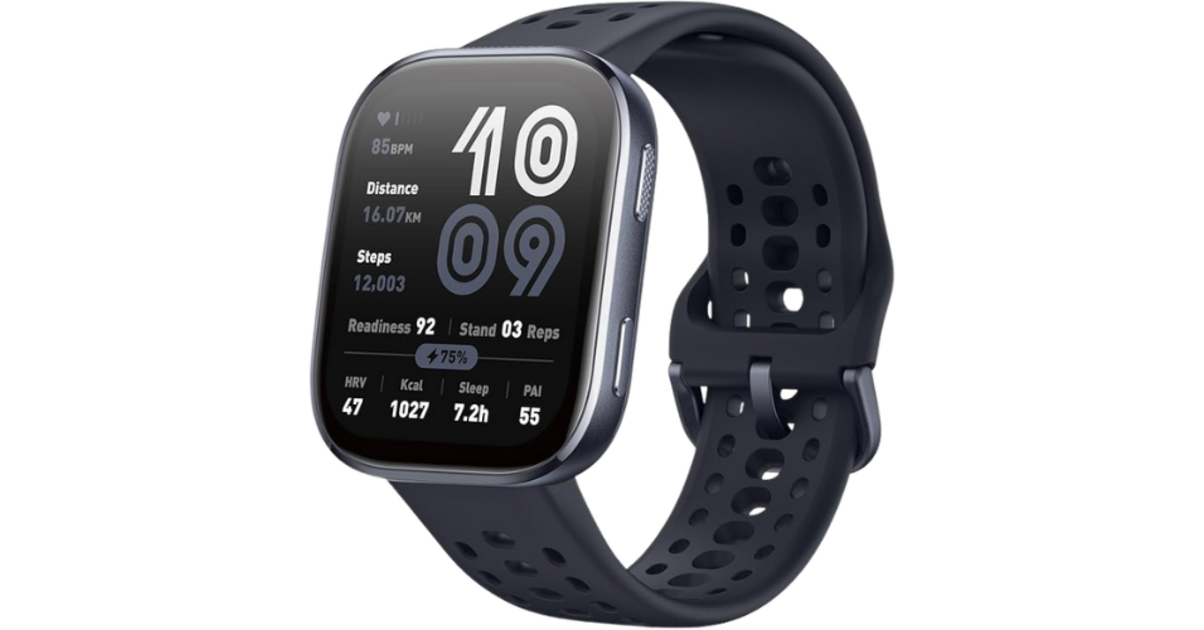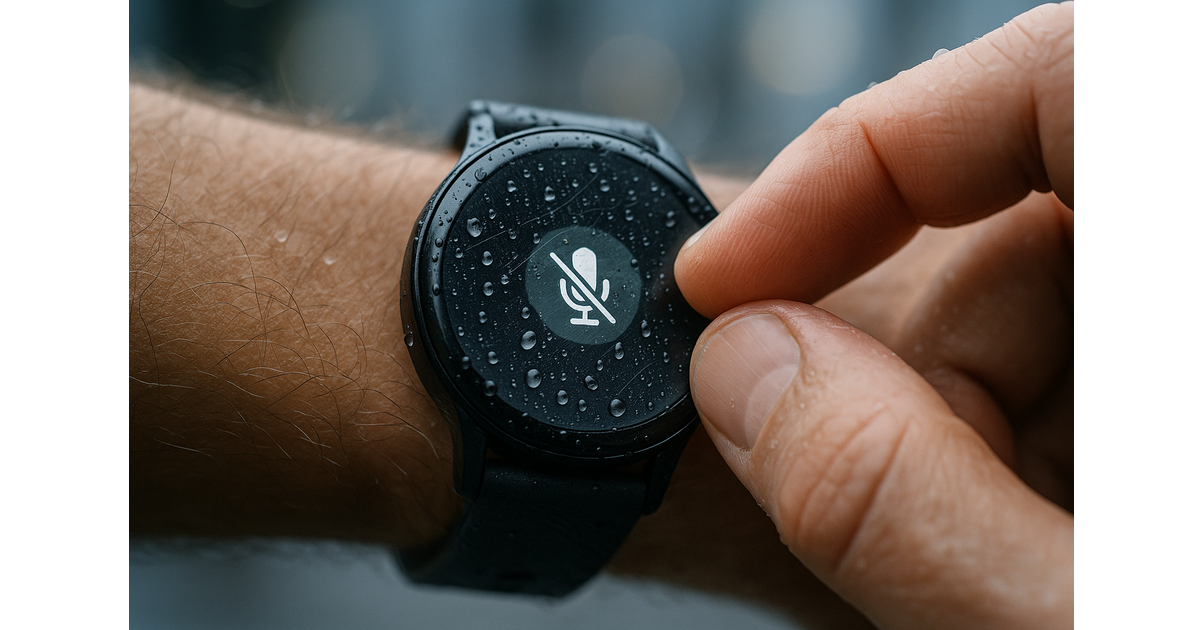Key Takeaways
- Watches are timekeeping devices that use a combination of mechanical, electronic, or quartz movements to track time.
- The basic components of a watch include the movement, dial, hands, and case.
- Mechanical watches rely on a complex system of gears, springs, and escapements to keep time.
- Quartz watches use a battery-powered quartz crystal oscillator to regulate time.
- Automatic watches are self-winding and use the movement of the wearer’s arm to power the watch.
- Water resistance, shock resistance, and accuracy are important factors to consider when choosing a watch.
- Regular maintenance and care are necessary to keep a watch functioning correctly.
How Watches Work
Introduction
Watches are fascinating devices that have been used for centuries to keep track of time. Whether you wear a watch for fashion or functionality, understanding how watches work can help you appreciate the intricate mechanisms behind these timekeeping devices.
Basic Components
Watches consist of several key components that work together to accurately display time. These components include the movement, dial, hands, and case.
The movement, also known as the caliber, is the engine of the watch. It determines how the watch keeps time and can be mechanical, electronic, or quartz. The dial, often referred to as the face, is where the time is displayed. The hands, usually made of metal, rotate around the dial to indicate hours, minutes, and seconds. The case houses all the components and protects them from external factors.
Mechanical Watches
Mechanical watches have been around for centuries and are known for their intricate craftsmanship. These watches rely on a complex system of gears, springs, and escapements to keep time.
The mainspring is the primary source of energy in a mechanical watch. When the watch is wound, the mainspring is tightened, storing potential energy. As the mainspring unwinds, it releases energy that is transferred through a series of gears. These gears, in turn, drive the hands of the watch.
The escapement is a critical component in mechanical watches. It regulates the release of energy from the mainspring and ensures that the watch’s hands move at a constant rate. The escapement consists of an escape wheel, pallet fork, and balance wheel. As the balance wheel oscillates back and forth, it controls the movement of the escapement, resulting in the consistent ticking motion of the watch.
Quartz Watches
Quartz watches revolutionized the watch industry when they were introduced in the 1970s. These watches use a quartz crystal oscillator to regulate time.
Inside a quartz watch, a battery sends an electrical current through a small quartz crystal. The quartz crystal oscillates at a precise frequency when subjected to the electrical current. This oscillation is then converted into regular electrical pulses that drive a stepper motor, which in turn moves the watch hands.
Quartz watches are known for their accuracy and affordability. They require minimal maintenance and are powered by batteries that can last for several years.
Automatic Watches
Automatic watches, also known as self-winding watches, are a popular choice among watch enthusiasts. These watches use the natural motion of the wearer’s arm to power the watch.
Inside an automatic watch, there is a rotor that moves with the motion of the wearer’s arm. As the rotor spins, it winds the mainspring, storing energy in the same way as a manually wound mechanical watch. This energy is then transferred through the gears to power the watch.
Automatic watches offer the convenience of not needing to be manually wound, as long as they are worn regularly. They typically have a power reserve that can last for a certain duration when not in use.
Important Considerations
When choosing a watch, several factors are important to consider.
Water resistance is a crucial feature, especially for those who engage in water activities. It indicates the watch’s ability to withstand water pressure and prevent water from entering the case.
Shock resistance is another consideration, particularly for those with an active lifestyle. A watch with shock resistance can withstand accidental impacts and vibrations.
Accuracy is essential for timekeeping purposes. Different watches have varying levels of accuracy, usually measured in seconds gained or lost per day. Higher accuracy is often associated with higher-priced watches.
FAQs
1. How often should I service my watch?
Answer: It is generally recommended to service a mechanical watch every 3-5 years to ensure proper functioning and longevity.
2. Can I wear my watch while swimming?
Answer: It depends on the water resistance rating of your watch. Make sure to check the manufacturer’s guidelines to determine if your watch is suitable for swimming.
3. What is the difference between a mechanical and quartz watch?
Answer: A mechanical watch uses a complex system of gears and springs, while a quartz watch uses a battery-powered quartz crystal oscillator.

